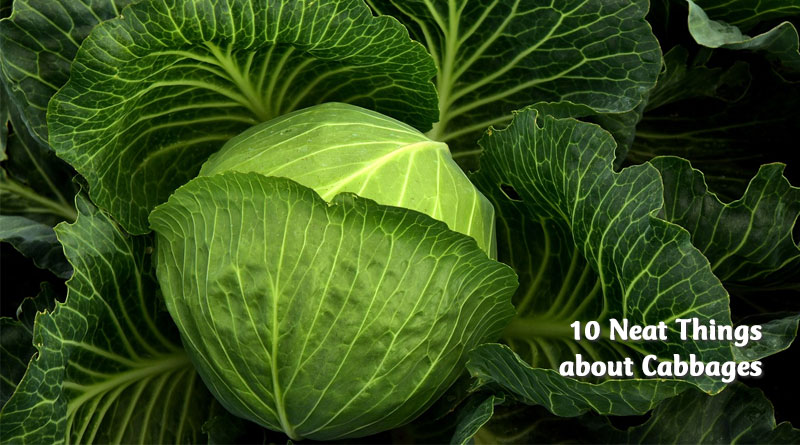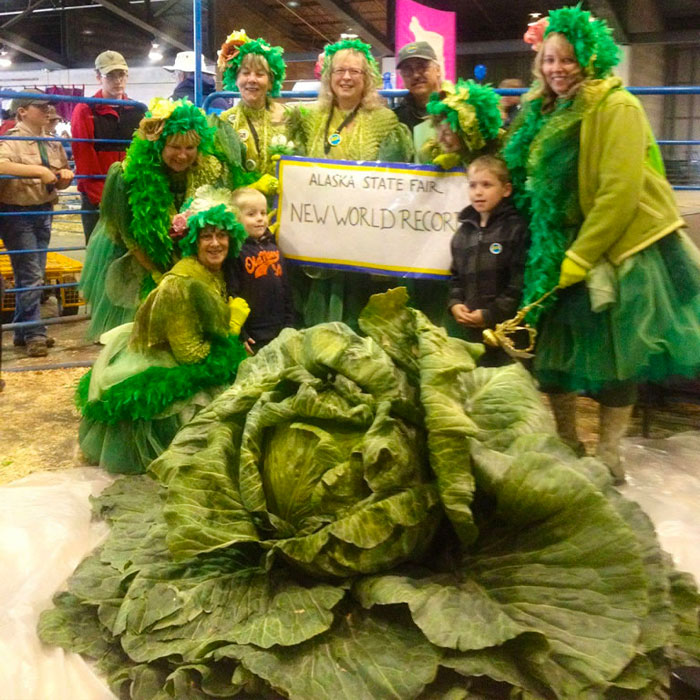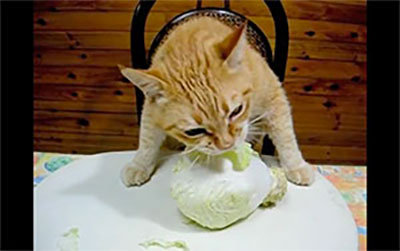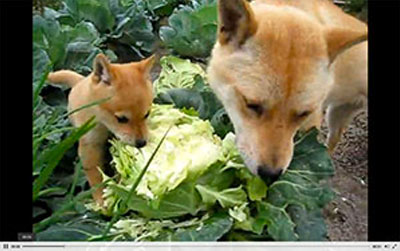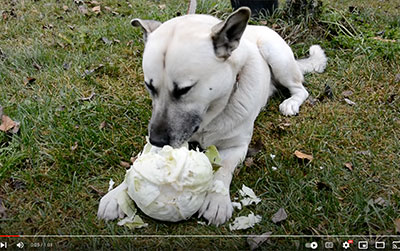About Cabbages
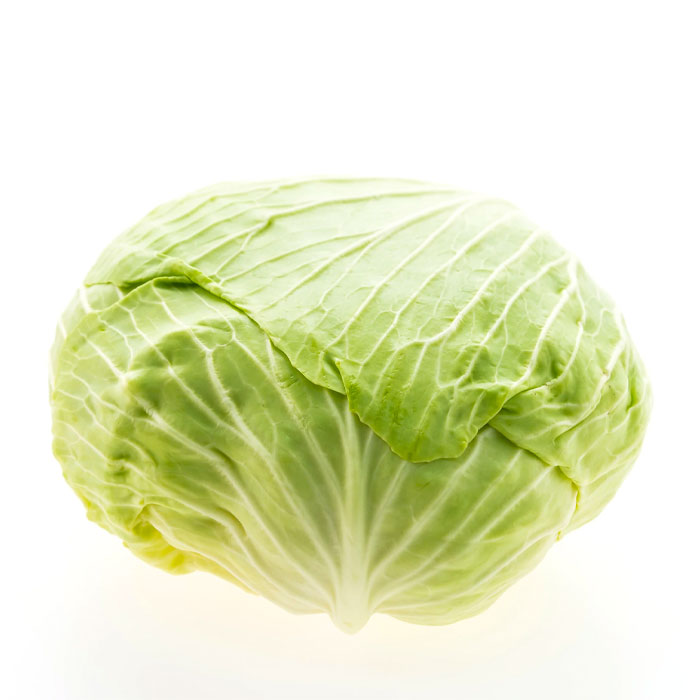
1. Cabbage head.
Coming from the Middle-English word caboge, which itself probably derived from the French word caboce, both meaning “head”, the word has taken on many other meanings. It can mean cash or tobacco. To be cabbaged is to be exhausted or in a vegetative state. And if you are a fool, you might be called a cabbage-head!
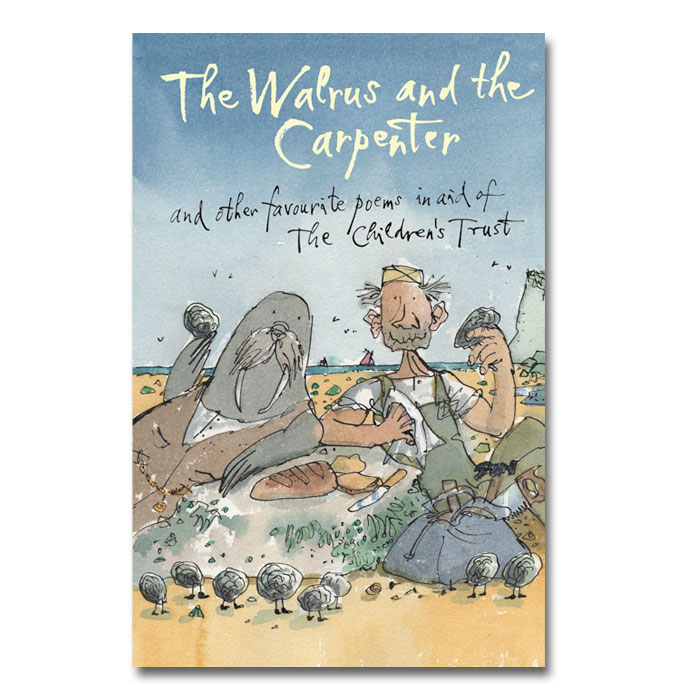
2. A great topic for conversation.
At least the Walrus and the Carpenter thought so in the Lewis Carroll poem, “The Walrus and the Carpenter”:
“The time has come,” the Walrus said,
“To talk of many things:
Of shoes – and ships – and sealing wax –
Of cabbages – and kings –
And why the sea is boiling hot –
And whether pigs have wings.”

3. Cabbage, the cure-all.
The all-knowing Egyptians used it to cure just about anything and ate it raw pickled in vinegar before and after each meal, but especially to cure hangovers. Legend has it that some dipsomaniacs still consider it a cure. It has been used to reduce engorgement of breasts by taking the leaves of the Brassica capitata, and laying them over the swollen and painful breast. It has also been used against asthma, osteoporosis, stomach pain and ulcers, and to lower cholesterol.
4. Big cabbage.
In 2012, Scott Robb of Alaska grew a cabbage that weighed 67.71 kg (138 pounds). The long summer days of the North helped in reaching this record. Normal ones generally weigh from 0.5 to four kg (one to nine pounds).
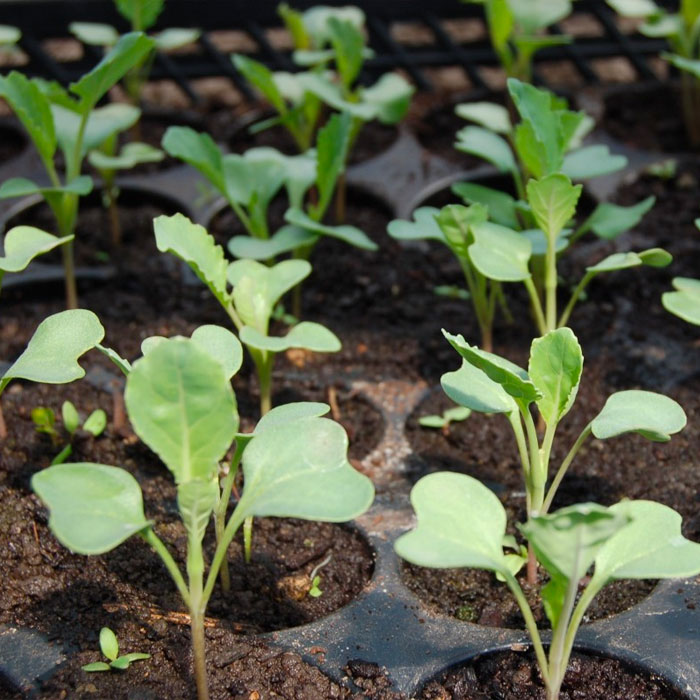
5. Grow your own.
Start the seeds indoors four to six weeks before the last frost. The seedlings appear in four to six days and have a thin taproot, but as they grow they develop a fibrous, shallow root system that dwells in the top few inches of soil. They like full sun, good drainage, and grow best at temperatures between 4 and 24 C (39 to 75 F) when the soil is between 20 and 25 C (68 to 77 F).

6. What’s in a cabbage?
Iron, iodine, calcium, potassium, sulfur, phosphorous, and vitamins A, B1, B2, B6, C, K and folic acid. They are rich in dietary fibre, contain some sugar and salt and even a bit of protein. A cup of cooked cabbage has only 33 calories.
7. Dogs and cats and cabbage.
Some dogs go wild for cabbage. Some cats do, too. You can see this for yourself: (Click image to watch video.)
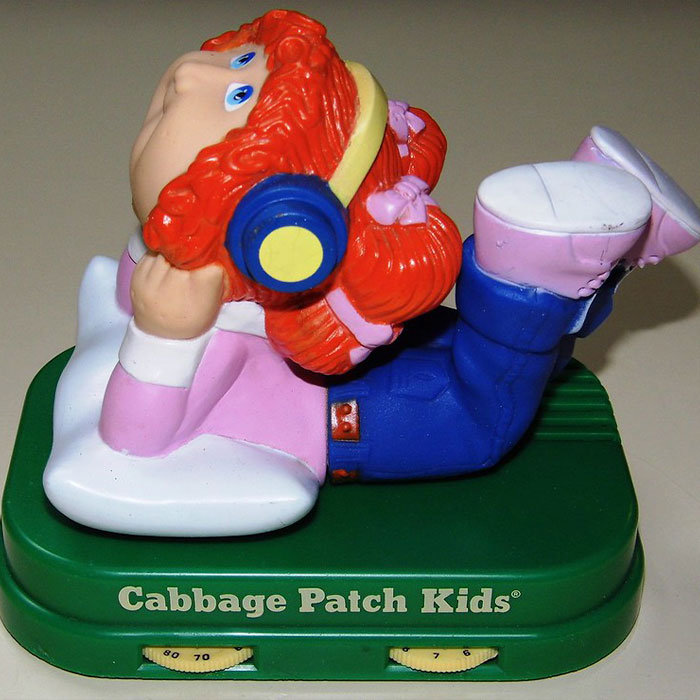
8. Man in the moon.
Don’t speak of them under the moon lest you hurt the feelings of the man in the moon, who was a sheep stealer who enticed sheep with a bundle of cabbages. Turns out sheep really like them, too.
9. Under the cabbage patch and beyond.
Children were often told that babies were found in the cabbage patch. Good-looking kids were said to have that “found in a cabbage patch look”, hence the inspiration for the cabbage patch dolls of the eighties. A French term of endearment is mon petit chou, meaning my little cabbage.
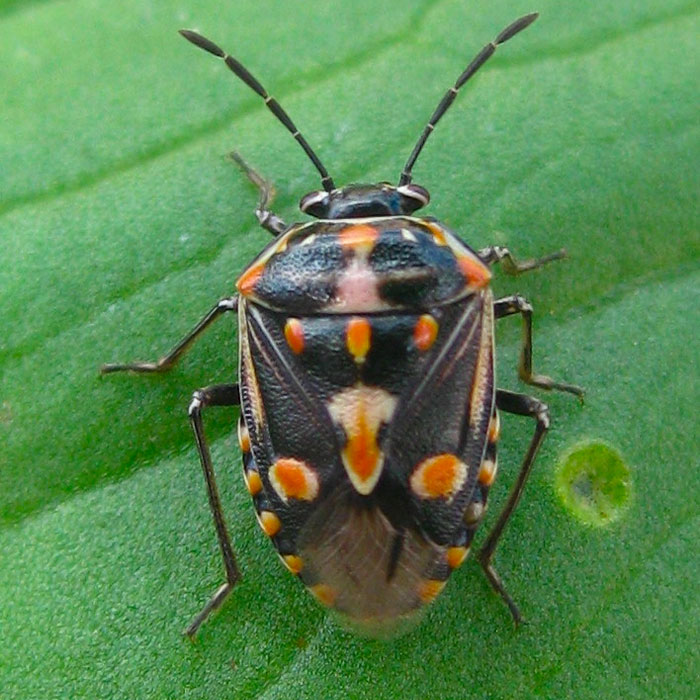
10. The Brassica tacks.
Cabbages are easy to grow but are fraught with myriad diseases and insects. They can suffer from lack of boron, calcium, phosphorous, potassium. Watch out for club root, a slimy, mold-like organism that resides in the soil and attacks roots, making them swollen and club-like. There are cabbage-knot nematodes, cabbage maggots, harlequin bugs (also called stink bugs), the striped flea beetle and a variety of caterpillars that love them.
– Dorothy Dobbie Copyright©
Pegasus Publications Inc.

